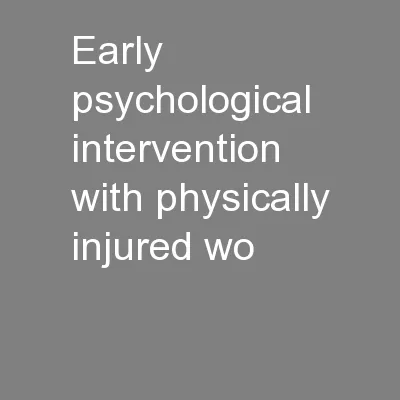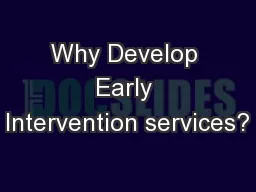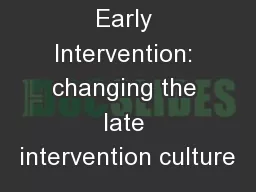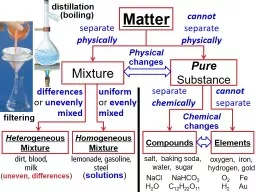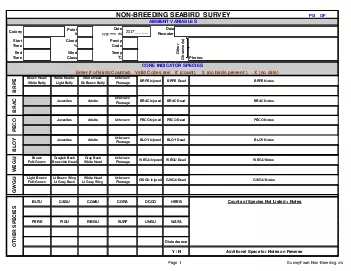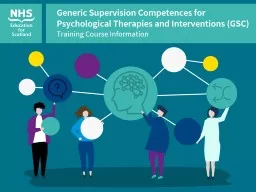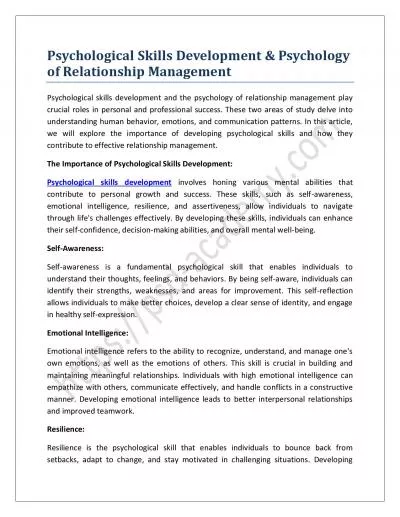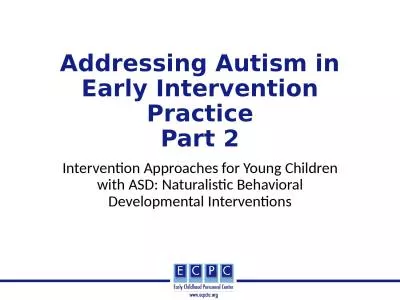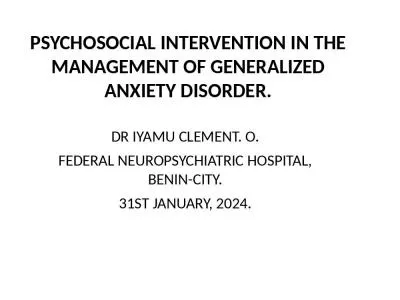PPT-Early Psychological Intervention with Physically Injured Wo
Author : min-jolicoeur | Published Date : 2016-04-04
Scott Bevis Clinical Psychologist Dynamic Minds Psychology Resilient Tomorrow TIO Conference October 2014 Overview The problem at hand Work injury amp the biopsychosocial
Presentation Embed Code
Download Presentation
Download Presentation The PPT/PDF document "Early Psychological Intervention with Ph..." is the property of its rightful owner. Permission is granted to download and print the materials on this website for personal, non-commercial use only, and to display it on your personal computer provided you do not modify the materials and that you retain all copyright notices contained in the materials. By downloading content from our website, you accept the terms of this agreement.
Early Psychological Intervention with Physically Injured Wo: Transcript
Download Rules Of Document
"Early Psychological Intervention with Physically Injured Wo"The content belongs to its owner. You may download and print it for personal use, without modification, and keep all copyright notices. By downloading, you agree to these terms.
Related Documents

